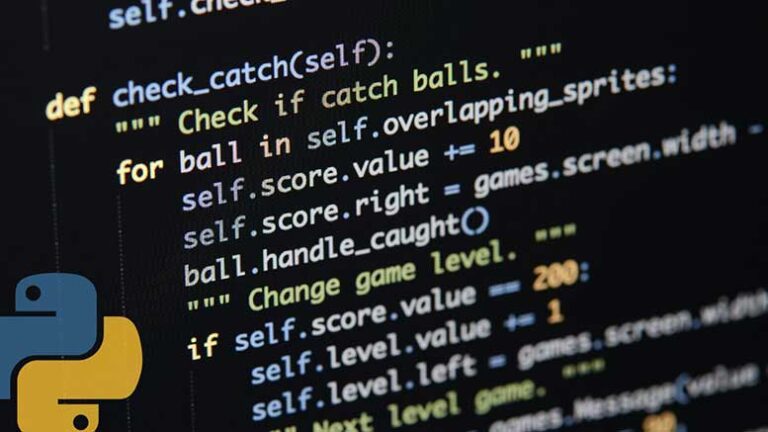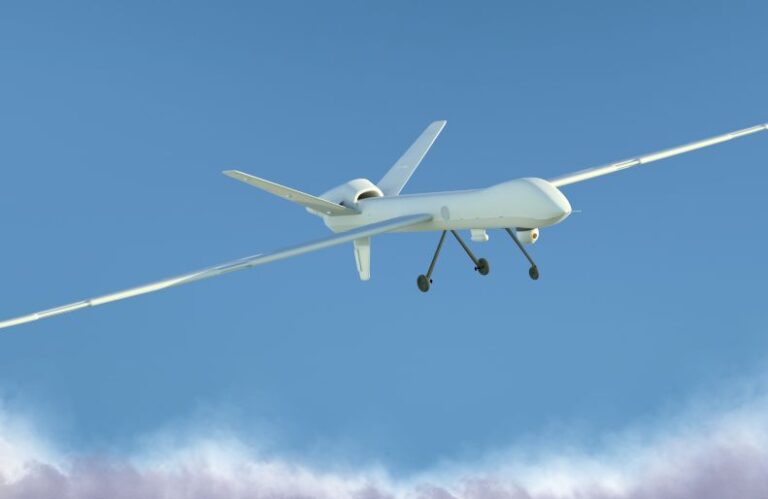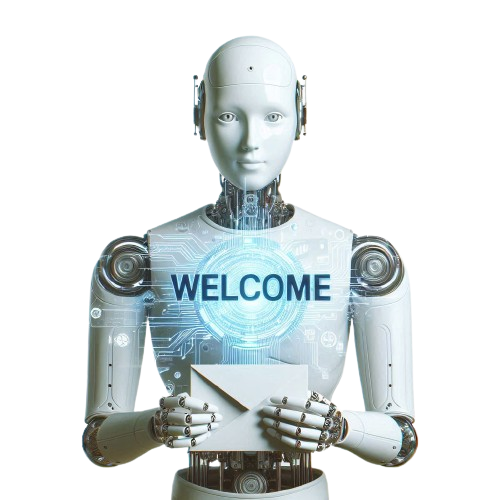Supervised Learning
Table of Contents
What is Supervised Learning?
Supervised learning is a type of machine learning technique where the algorithm is trained using labeled data. In supervised learning, the algorithm learns to map input data to the correct output by using labeled examples. This type of learning is commonly used in tasks where the goal is to predict a target variable based on input data.
It can be divided into two main categories: classification and regression. In classification tasks, the goal is to predict a discrete category or label, while in regression tasks, the goal is to predict a continuous value.
How Supervised Learning Works
In supervised learning, the algorithm is trained on a labeled dataset that consists of input-output pairs. The algorithm learns to make predictions by finding patterns in the input data that are associated with the correct output labels. During the training process, the algorithm adjusts its internal parameters to minimize the error between the predicted output and the true output.
Once the algorithm has been trained on the labeled dataset, it can be used to make predictions on new, unseen data. The performance of the algorithm is evaluated by comparing its predictions to the true output labels in a test dataset.
Supervised learning algorithms can be broadly classified into two types: parametric and non-parametric. Parametric algorithms make assumptions about the underlying data distribution and learn a set of parameters from the training data. Non-parametric algorithms, on the other hand, do not make any assumptions about the data distribution and learn the underlying patterns directly from the training data.
Examples of Supervised Learning Algorithms
There are many different supervised learning algorithms that can be used for various tasks. Some of the most commonly used algorithms include:
1. Linear Regression: Linear regression is a simple algorithm that is used for regression tasks. It models the relationship between the input variables and the target variable by fitting a linear equation to the data.
2. Logistic Regression: Logistic regression is a classification algorithm that is used to predict binary outcomes. It models the relationship between the input variables and the probability of the target variable belonging to a particular class.
3. Support Vector Machines (SVM): SVM is a powerful algorithm that is used for both classification and regression tasks. It works by finding the optimal hyperplane that separates the data into different classes.
4. Decision Trees: Decision trees are a popular algorithm for classification tasks. They work by recursively partitioning the data into subsets based on the values of the input variables.
5. Random Forest: Random forest is an ensemble learning algorithm that combines multiple decision trees to improve the accuracy of predictions. It is often used for classification tasks.
6. Neural Networks: Neural networks are a type of deep learning algorithm that is inspired by the structure of the human brain. They consist of multiple layers of interconnected neurons that can learn complex patterns in the data.
Applications
Supervised learning has a wide range of applications in various fields, including finance, healthcare, marketing, and more. Some common applications of supervised learning include:
1. Spam Detection: Supervised learning algorithms can be used to detect and filter out spam emails by classifying them as either spam or non-spam.
2. Credit Scoring: Banks and financial institutions use supervised learning algorithms to predict the creditworthiness of customers based on their financial history and other factors.
3. Medical Diagnosis: Supervised learning algorithms can help doctors diagnose diseases and medical conditions by analyzing patient data and predicting the likelihood of different diagnoses.
4. Image Recognition: Supervised learning algorithms are used in image recognition tasks to classify objects in images and identify patterns.
Supervised learning is a powerful machine learning technique that is widely used for a variety of tasks. By training algorithms on labeled data, we can teach them to make accurate predictions on new, unseen data. With the wide range of supervised learning algorithms available, there are many opportunities to apply this technique to real-world problems and improve outcomes in various fields.




